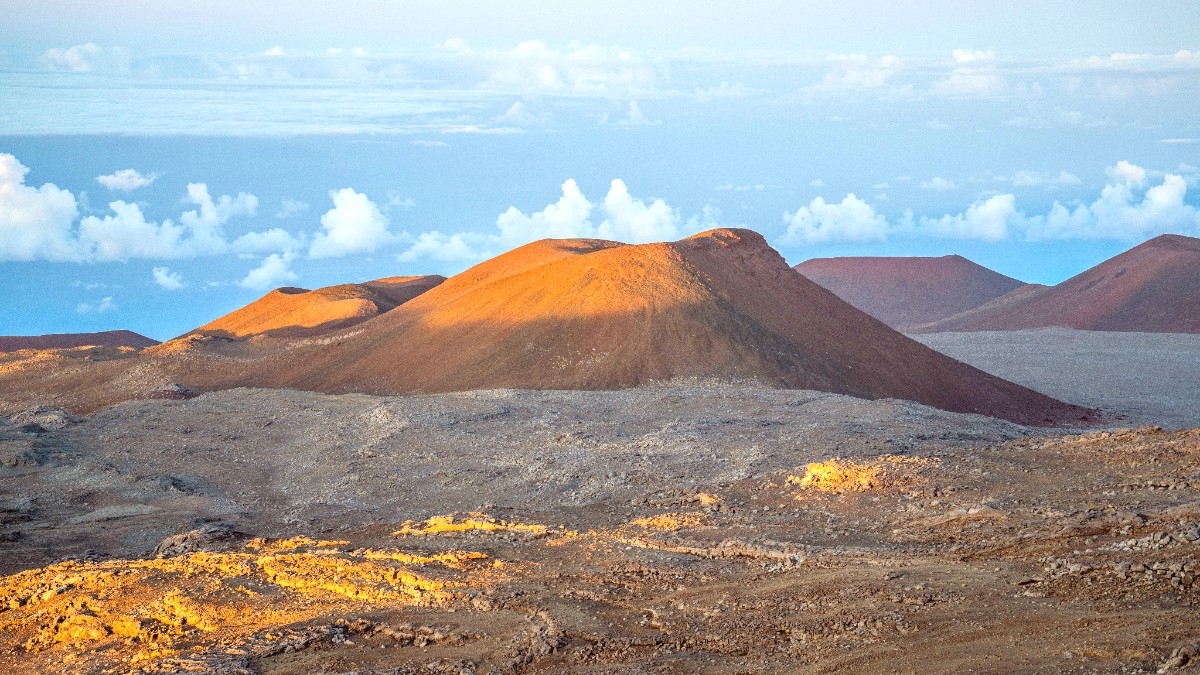
Hawaii, USA
The Big Island of Hawaii has two major airports: Kona International Airport (KOA) at Keahole, on the drier west (Kona) side, and Hilo International Airport (ITO), on the wetter east (Hilo) side. Your choice of airport often depends on your main interests or accommodation location.
Seasonal flight availability and price fluctuations influence airfare to Hawaii. Prices are highest during peak tourist seasons (December to April and June to August) and around major holidays. Booking your flights several months in advance is a strong recommendation for better rates.
Some hotels, especially in resort areas, offer shuttle services to and from the airport. Check with your specific accommodation for details.
Taxis and ride-sharing services (Uber, Lyft) are at both airports, but prices can be expensive for longer distances.
The Hele-On public bus serves some routes, but it is not practical for direct airport transfers for most tourists or for comprehensive island exploration.
Limited inter-city routes. Does not serve the summit directly. Not for tourist convenience; routes and schedules mainly for local residents.
The Big Island does not have any train connections or services for transportation purposes.
Be mindful of the "Aloha" spirit, which encourages patient and courteous driving.
Cruise ships frequently visit the Big Island, docking at the ports of Hilo on the east side or Kailua-Kona on the west side. Passengers typically take shore excursions organized by the cruise line, rent cars for day trips, or utilize local taxis or shuttles to explore the island's attractions, including those that offer views or distant access to Mauna Kea.
River transportation options are not applicable to the Big Island or Mauna Kea. The island's geography does not support significant river navigation for transport purposes.
No specific exit fees or taxes apply for departing the U.S. From Hawaii beyond what is included in your airline ticket. For departure procedures and timing, arriving at the airport at least 2-3 hours before domestic flights and 3-4 hours before international flights is generally advised.
Both Kona International Airport (KOA) and Hilo International Airport (ITO) offer various airport facilities and services for departing travelers.
Arriving at the airport with sufficient time for check-in, baggage drop, and security screening makes for a smooth departure. Delays can occur, especially during peak travel periods.
Both Kona International Airport (KOA) and Hilo International Airport (ITO) offer various facilities for departing travelers, aiming for a comfortable experience.
Return your rental car according to your agreement. Allow time for the drop-off process and shuttle to the terminal if needed.
Check your flight status before leaving your accommodation to account for any last-minute changes or delays.
Have your passport, boarding pass, and any necessary travel documents ready for inspection.
Plan airport arrival times carefully, especially during peak travel periods, to allow for check-in and security processes.